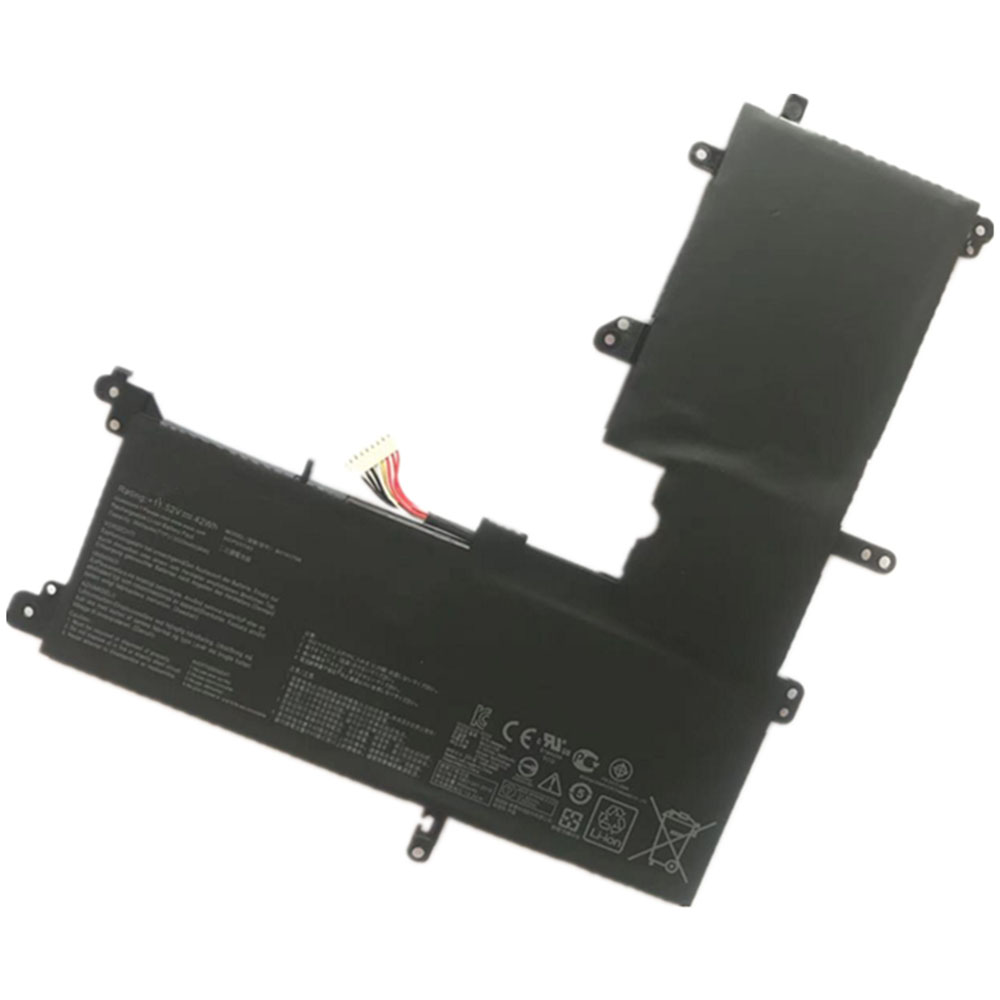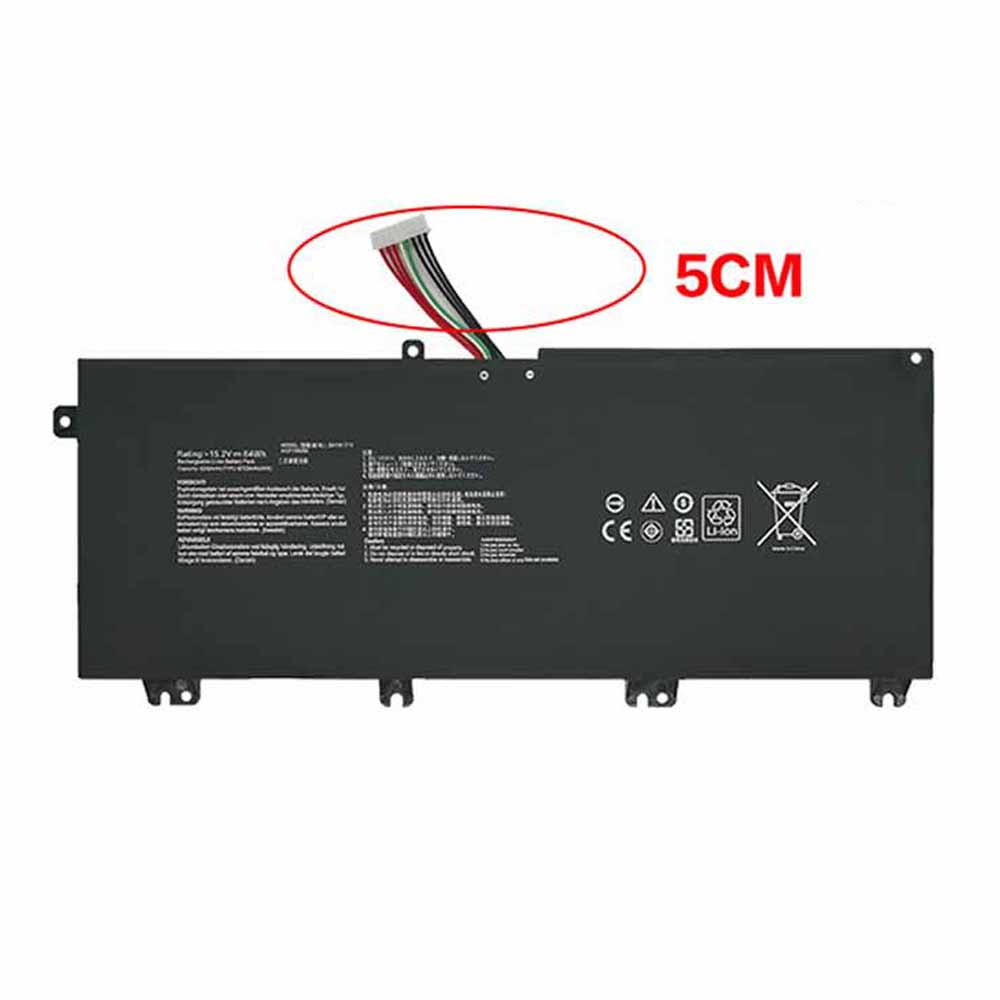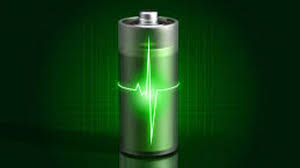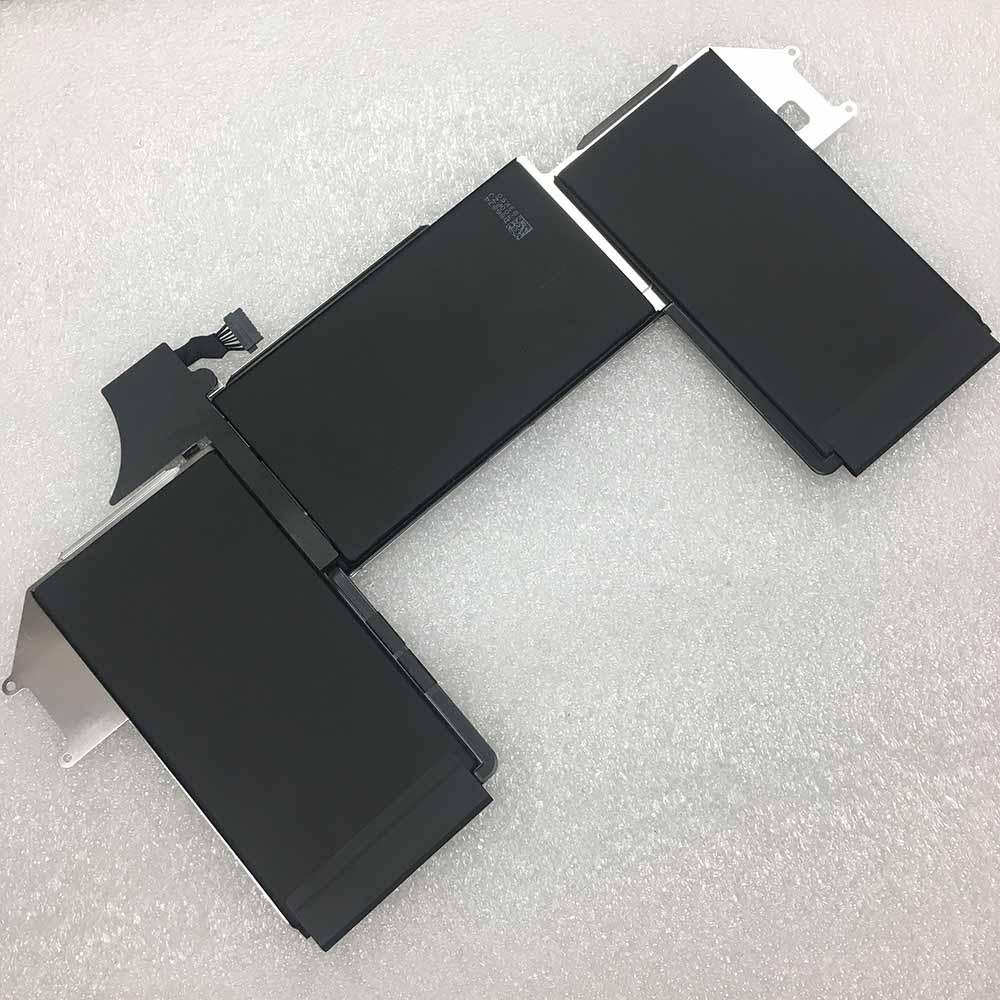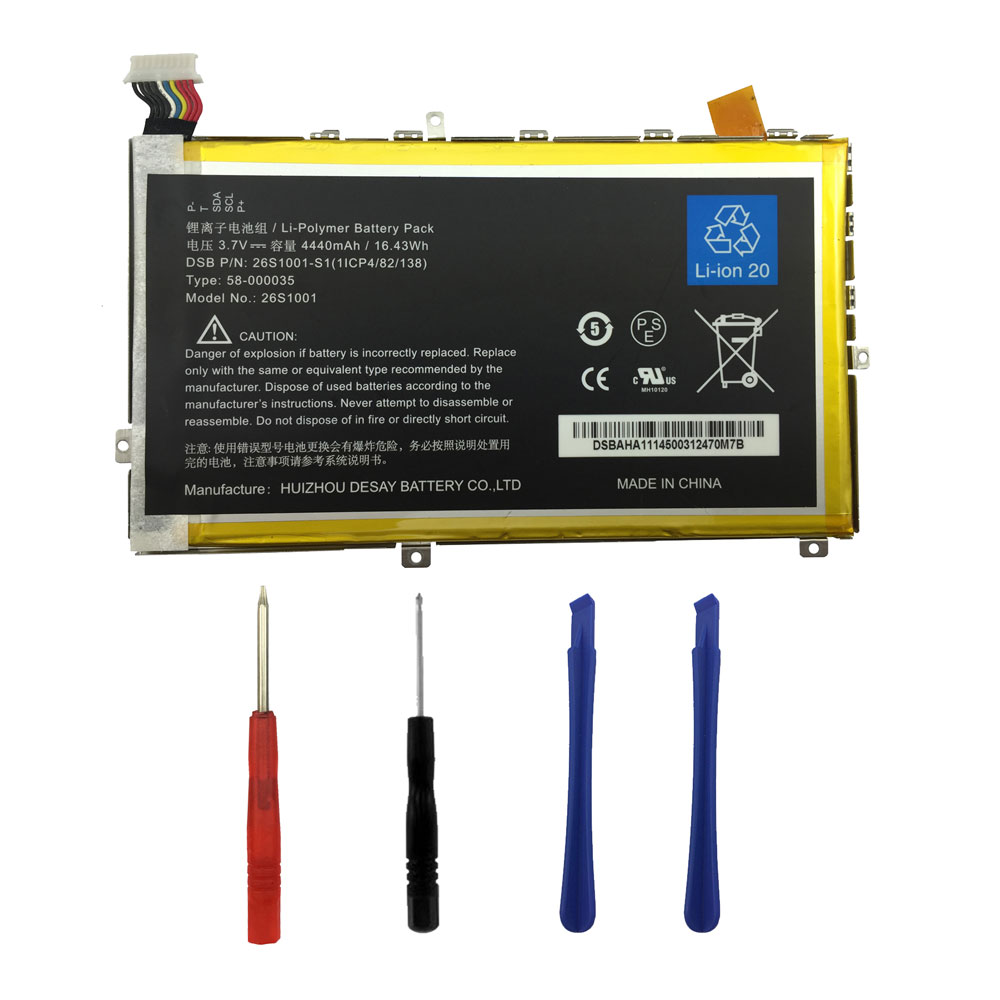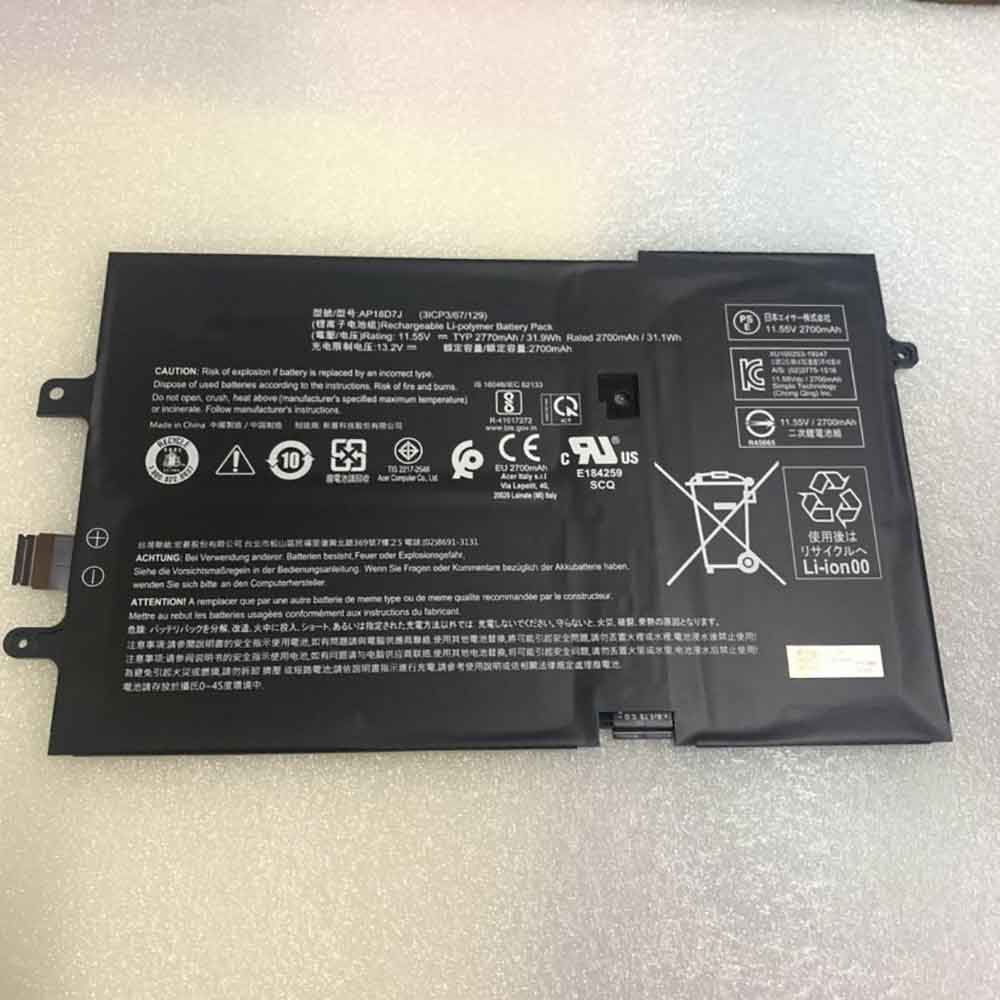Consumer electronics such as cell phones, devices, and laptops that run on battery backup have become man’s best friend. We are so close to them that we are with them everywhere. And we use them so often that we forget we need to know if the battery life is good. If you don’t want your device to let you down at any time, then you need to be vigilant and aware of your battery status. With the article below, you can find out how much life is left on the battery. Let’s have a look!

How much battery is left on my laptop?
Knowing your battery status will help you redefine how you use your laptop. That’s because a poor quality battery won’t guarantee high performance when it’s running too many tasks. So the better the battery, the more processes it can run conveniently. But how do you know the status of your battery?
You can identify the status of your laptop battery by simply clicking on the battery icon displayed in the Windows notification area at the bottom right of the screen. If you click on it, it will show you some information about the battery status. After looking at the window that will pop up, you can easily tell if the battery is still good. The method is practically the same for all Windows OS PCs.
But for Mac users, the menu bar containing the battery icon is at the top of the screen. You click it and it will show the status of the battery. You’ll see if it’s draining or charging, and how long it takes to complete the process. If you like living with a black screen, the command line method is equally available.
How do I know when my phone needs a new battery?
There are signs, such as warning signs, telling you that the battery is dead. Unfortunately, most people don’t heed these warnings. Of all the signs you might notice, the most obvious one is a fast draining battery. A bad phone battery drains much faster. If you used to use your battery for a day without charging it and now you can’t use it without seriously looking for where to charge it, then you need to start thinking about how to get a new battery. However, you can’t just rely on it to know when to replace a new battery, as there are other factors, like a bug in an update or even an app bug, that can cause the battery to drain faster.
Another sign that your battery may be dead is that it will never charge to 100%. Even if you choose to keep it plugged in forever, it won’t be fully charged! When this starts to happen to your battery, it’s time to suspect the battery.
While taking longer than usual to charge to 100% is bad for the battery, it’s also not good for the battery to charge to 100% faster than usual. Either way, it’s a bad sign that the battery won’t work anymore. Also, when you actually look at the battery and notice it swells, you have to stop using that battery immediately.
>>>>>>>>>>>>>>>>Battery
Thanks for reading, hope it helps!
Friendly reminder: If you need to replace the battery of your device, this battery store will be a good choice: www.batteryforpc.co.uk

